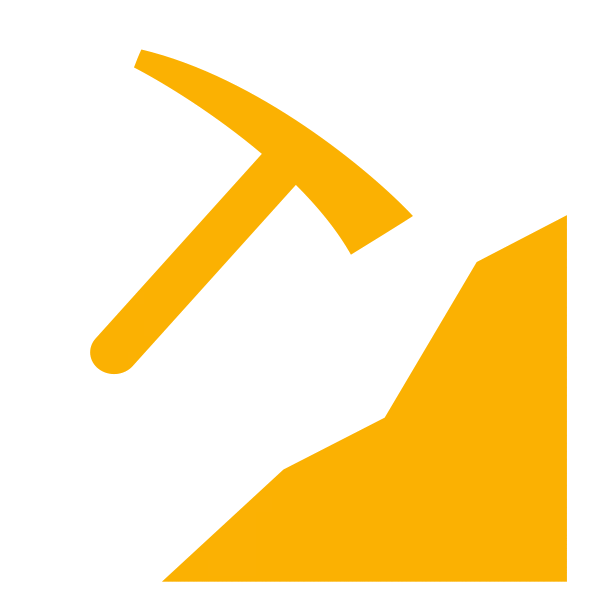Optimizing risk management with a real-time, dynamic and visualized source of truth that brings clarity to the work floor
Permit to Work (PTW) systems are critical to ensuring worker safety and measurable risk reductions within hazardous or nonstandard working conditions. They are the threads that hold the fabric of the complex environment together, ensuring that risks are reduced, isolation management protocols are in place, hazards are clearly identified, and work is tightly controlled within rigorous parameters. A PTW is designed to reduce the risks presented by specific environments and hazards by improving communication, educating employees, planning processes more efficiently, and embedding safety principles within the culture and operating standards of the organization.
Developing a PTW platform is complex. It asks that the business unpack numerous touchpoints throughout the environment to determine those that would require a permit to work and how this permit would be classified. Considering that a PTW is essentially a tool to ensure that the right people are granted the proper access with the right skills, it needs to be agile enough to evolve along with the environments and detailed enough to ensure that everything is correctly aligned.
This is why it’s worth looking to already established PTW systems that are already designed to manage the authorization of controlled work in nonstandard, potentially hazardous conditions, and that have already ticked the boxes of risk and hazard identification.
The benefit of visibility
The one challenge faced by organizations that operate in these environments is the lack of visibility. For a PTW system to work, it needs to offer clarity into the elements that require the PTW, and ensure that this is communicated clearly. The company needs to determine which factors would warrant a PTW, such as working at heights or with hazardous substances, and it also needs to ensure that every person within the business knows how the system operates.
The latter point is one of the most important when it comes to ensuring that your workers are protected. If people don’t know about the PTW or how it impacts them, then they can be putting themselves at risk. You need to ensure that your PTW system is accessible, that your people are trained on how to use it, and that any deviations from the standard PTW system are outlined. If everyone knows the rules, then they are more likely to stay secure.
Another aspect of this visibility lies in the system itself. Consider working with a system that combines permit and risk assessment into one system and that includes an approval workflow that aligns with internal business policies. This will ensure that the PTW can adapt to changing conditions and different site requirements with ease. It’s also worth putting your PTW applications in one central space as this will help to identify any repetitions and safety hazards automatically, and it will allow for dynamic worker reallocation that puts employee safety and productivity at the fore. Plus, everyone can see the full list of activities, applications, and safety hazards on the same map so everyone is on the same page…
The benefit of risk management
The modern safety case is not a static document. It’s integrated into the operational safety environment and allows for real-time barrier analysis and cumulative risk assessment. If this is then further integrated with the PTW, then you can optimally decrease your risk as you will have access to essential data 24/7 that you can use to make fast and intelligent decisions that are based on real-time situations.
Using data and insights provided by a real-time, integrated platform, you know that the data is constantly refreshed, and fresh, so you can manage your environments and PTW with greater efficiency and clarity. An optimized PTW will also include photographs and videos of the field along with the relevant time and location stamps as well as diagrams, charts, and more. You can then use this information to not just resolve issues at speed, but to proactively refine PTW management across multiple environments and scenarios.
The benefit of a visualized source of truth
This ties both the benefits of risk management and transparency into one neat bow. With real-time data and dynamic insights, you gain a visualized source of truth across workers; PTW initiation, authorization and overview; real-time barrier analysis and cumulative risk assessment; a dedicated command center that operates in real time; and customizable PTW workflows and insights that embed the safety of your people, and your business.
The GOARC difference
The GOARC Safety 4.0 Permit to Work software system is designed to shine a spotlight on the work floor, highlighting the risks and providing essential data to overcome these risks intelligently. The platform provides data 24/7 that is constantly refreshed to enable rapid decision-making based on intelligent information. It also includes a variety of images and data that support proactive risk and safety management alongside business intelligence and analytics tools that measure key performance indicators and improvements.
The GOARC Safety 4.0 Permit to Work software solution offers a dedicated control screen that provides a view of all existing work permits within the organization, dynamic forms and workflow management, and smart conflict identification. With a configurable interface, real-time barrier analysis, fully synchronized interfaces, and dynamic work reallocation, the platform is designed to provide you with a single, centralized touchpoint for sustainable safety. It blends every one of the key ingredients for a robust PTW, adds in several extra touches and best-practice functionality, to create a cohesive ecosystem that transforms vigilance, transparency, clarity, and safety.










